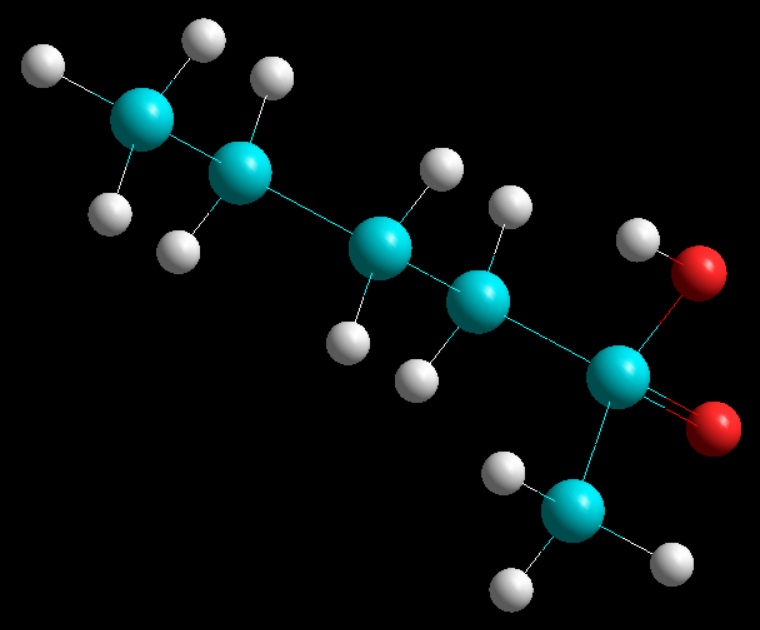Solar Energy outlook [May 2016]

Solar science has been experiencing continuous improvements in panels manufacturing for the last 15 years. The newest approach is the use of quantum dots in combination with the popular titanium dioxide and zinc oxide cores. Older approach utilized dyes instead of Quantum Dots and some organic perovskite based dyes have been reported to achieve 15% efficiency in laboratory scale. The main advantage of quantum dots occurs is their multi electron excitement, which can lead to great increases of efficiencies compared to single electron excitement of most organic dyes. The use of silica based panels seems to irreversibly be abandoned mainly due to higher costs of manufacture in comparison to nano structured metal oxides.
The market of solar panels is expected to grow more as the discovery of new ligands is reported, allowing for more efficient transportation of electrons between quantum dots and metal oxides. The theoretical maximum of such a solar panel construction can be reevaluated as more quantum dots are used in combination with organic [mainly linear] linkers. Most important of them come from commercial organic compounds such as carboxylic acids. As electron excitement leads to higher efficiencies, solar energy production costs are expected to fall and solar energy to dominate the energy market in the next decades. Short term predictions would see a boost in nanostructured metal oxides market and a fall in silica manufacturing for solar applications.
Energy generated by solar plants and home installations can be distributed online [grid] or be stored in hydrogen form. The manufacturing of low cost energy transformation devices [electrochemical cells] will lead to house applications as well. Current status involves different methodologies and electrode materials from which the most effective require high temperatures [600C] that cannot be used in house applications soon. However, graphite doped electrodes in combination with solid electrolyte membranes have delivered excellent results indicating possibilities for small scale utilization as well.
Solar energy market keeps growing in the last years; only in US it is expected to grow by 119% in 2016. Home and industrial installations contribute to this boom [at least for the US]. Several estimations have mentioned a coming drop in sales for 2017, but this could be amended for by sales in other regions. An important opportunity for US based market is the solar transformation of schools; it is estimated that around 40-70.000 schools could go solar with minimum costs, that providing a support for the US based market.
Global installed power is about to reach 64.7 MW according to US based Mercom capital group. Over 2/3 of this power is generated in US, China and Japan. A great incentive for continuous growth in installed power is those countries’ need to minimize carbon dioxide and other green house gases emissions. It is expected that most industrialized countries will increase their installed power faster than the three mentioned solar giants. India is the next larger solar energy generator but doubts exist regarding its ability to continue investing in solar solutions due to financial sustainability issues. Germany continues to be a leader in Europe, while recent installations in Africa [Libya mainly] bring other markets into focus.
